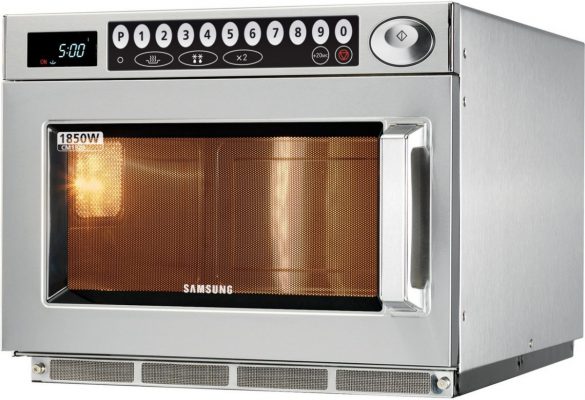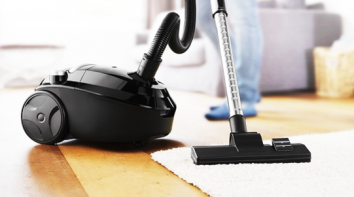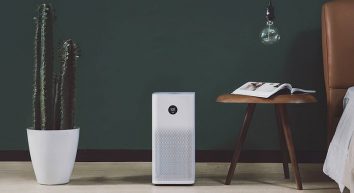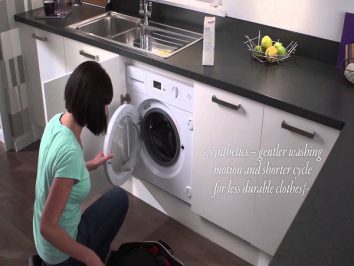If your microwave oven is not heating, there is a high chance that the voltage diode might have burnt out or malfunctioned. Nevertheless, here are some of the most common reasons why your favorite food heating appliance is not doing the one thing it’s supposed to do:
High Voltage Diode

This is a pretty common issue we all come across at some time or another. Your microwave may turn on and even blink but not heat up. This could be caused by a problem with the high voltage diode, which helps to power the magnetron.
How to test a microwave high voltage diode with a multimeter.
- Start by Unplugging your appliance before beginning this inspection.
- Spot the location and remove your high voltage diode to test it for continuity. To retrieve it, you will first need to remove the cabinet and discharge the high voltage capacitor.
- Set your multimeter to Rx1 and touch the probes to the terminals. Next, overturn the probes to check for continuity in the other direction. Make sure that you receive a reading that shows continuity in one direction, but not the other direction.
- If your diode does not show continuity or shows continuity in both directions, you will need a replacement high voltage diode.
Door Switch

Whenever your microwave turns on takes time yet does not heat up, it means that the door switch is broken. The door switch signals other microwave components to supply power when closed, and to stop heating when open. The door switch can also be called an interlock switch. Sometimes when this part doesn’t appear to be working, the fan and stirrer motors may still function, which makes your microwave look like it is working.
How to test a microwave door switch with a multimeter:
- Disengage your microwave from the main power source, to avoid any default.
- You can start by verifying that the door hooks are activated, the door switches mechanically. If they do, remove your microwave’s cabinet, locate your door switch, and remove it in order to test it for continuity.
- Using a multimeter set to Rx1, while depressing the actuator button, touches the probes to the switch’s terminals. This test should produce a reading of 0, which indicates there is continuity.
- But just in case if your test results do not match the results above, you will surely need a replacement door service.
Magnetron

Your appliance that does not heat up may have a broken magnetron. This is the part that makes the heat to cook the food. If it is broken, it may blow a fuse in your microwave which could lead to other components failing.
How to test microwave magnetron with a multimeter:
- When you begin to check or inspect, verify that you have disconnected the appliance from the power source.
- In order to ingress the magnetron, you will need to remove the appliance’s cabinet. Next is to, emit the high voltage capacitor and double-check that the high voltage diode is working and that the mounting bolts are tight. Remove the magnetron to test it if no other issues are found.
- Using a multimeter on Rx1, touch the probes to the terminals, this should produce a reading of two to three ohms of resistance. Next, move one probe to touch the metal housing of the magnetron. This test shouldn’t indicate that continuity is present.
- If the results of your test do not match the results above, you will need a replacement magnetron.
Loading recommendations...






Ohh thanks to share the reasons of why microwave is not heating.